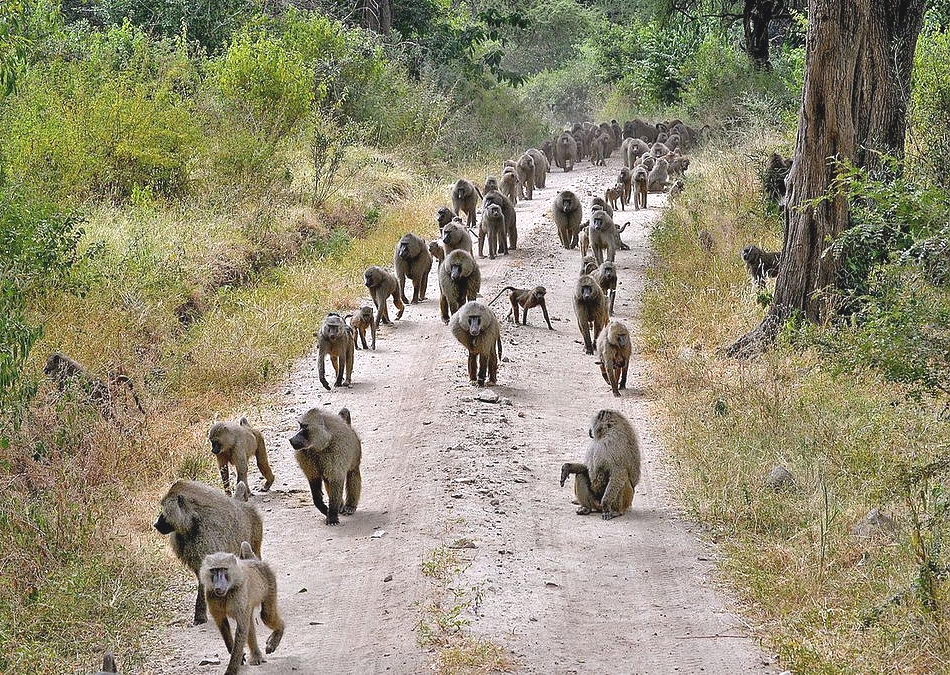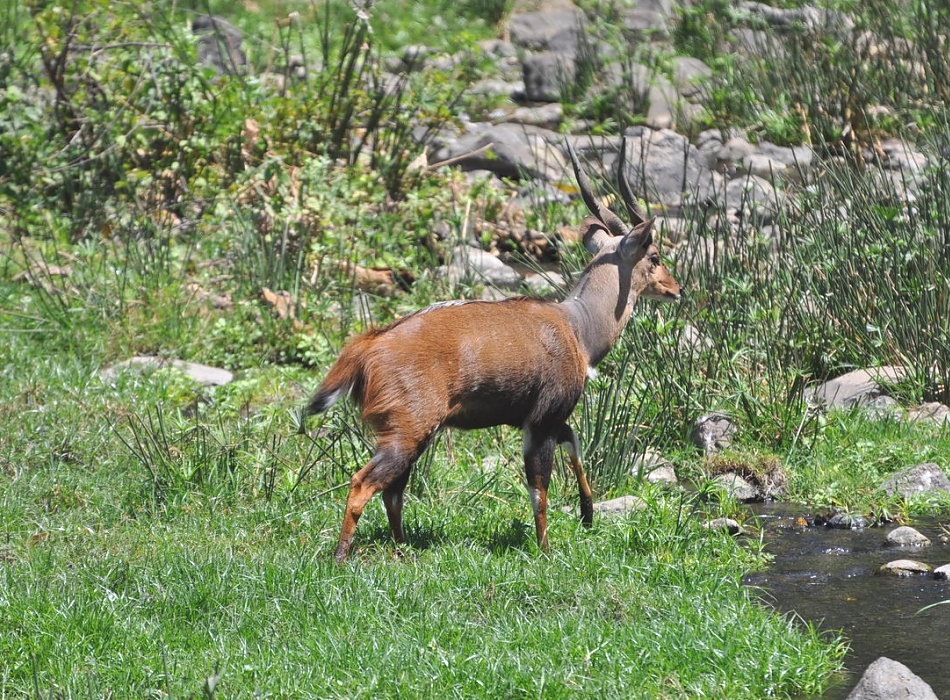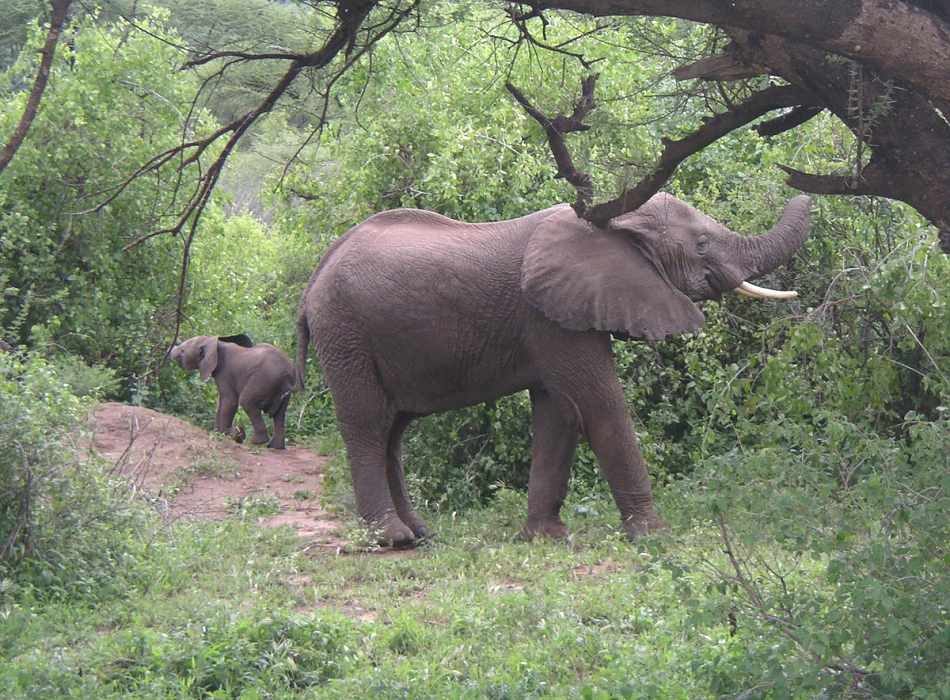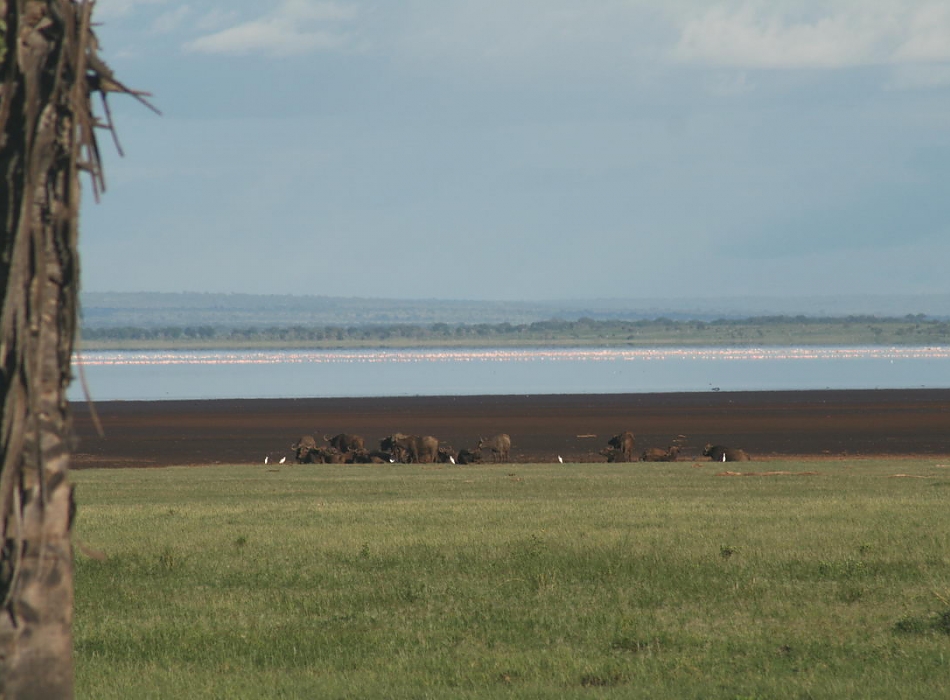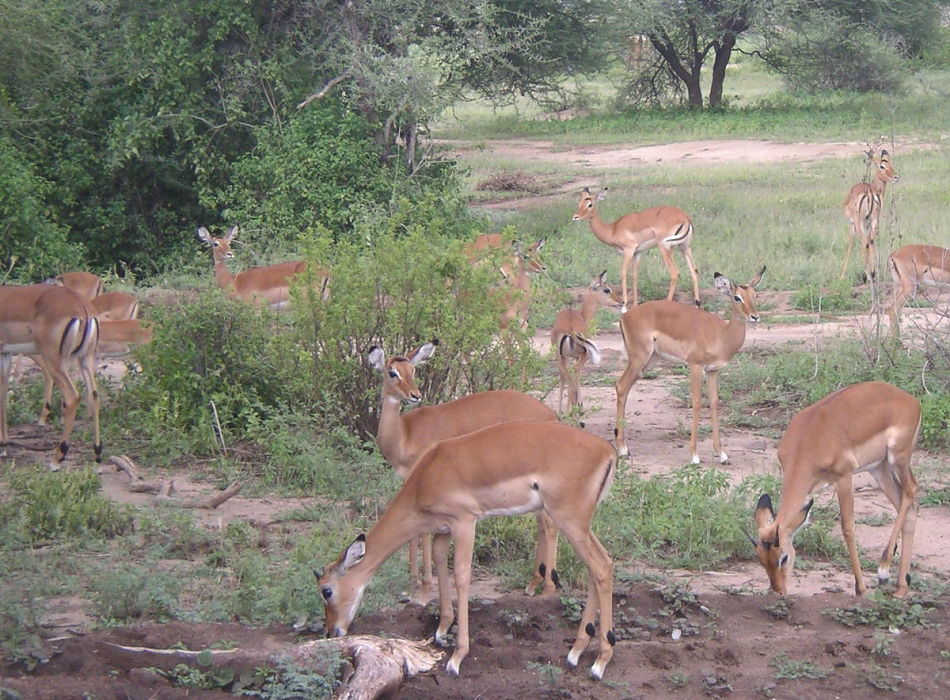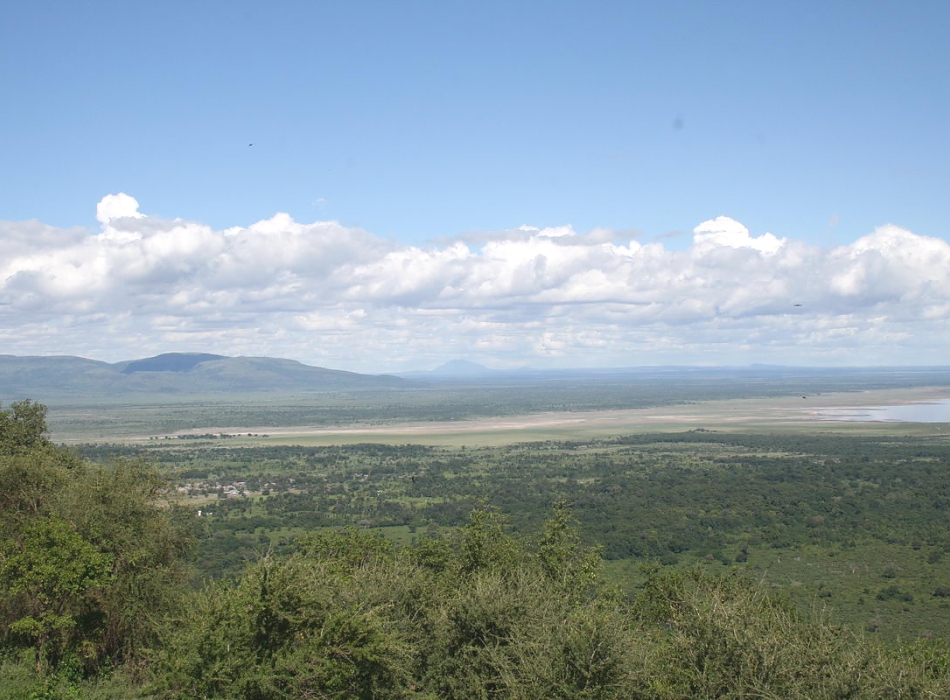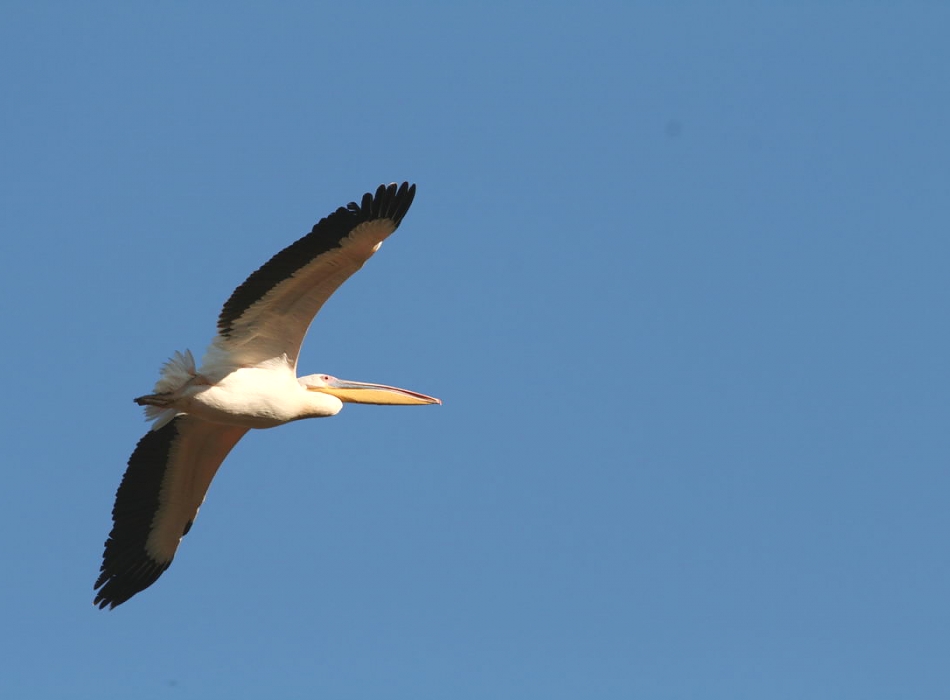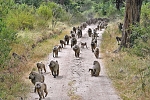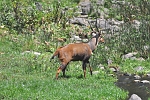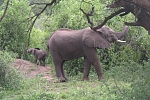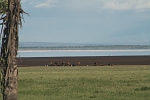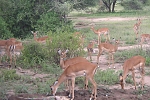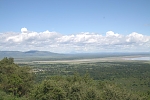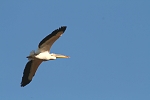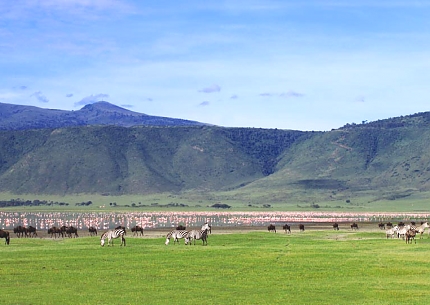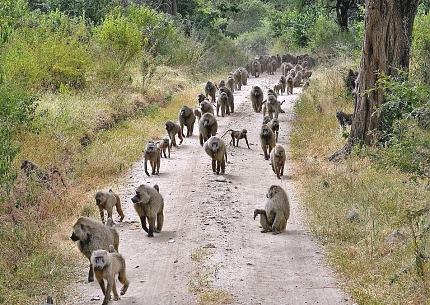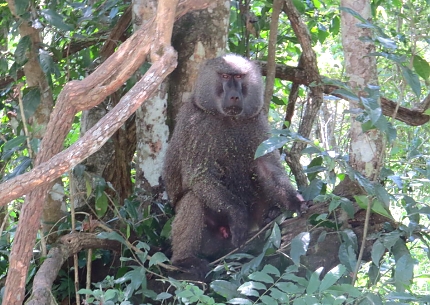Lake Manyara National Park delivered its name from a plant called Euphorbia tirucalli, known as Emanyara in Maasai language. The Maasai are using this plant to protect their bomas (hedge). The Park was gazette as a National park in 1960 and was declared as Man and Biosphere Reserve in 1981. The park has an area of 648.7 km2 (402 sq miles) of which 262.7 km2 (163 sq miles) is covered by lake and 386 km2 (240 sq miles) is dry land.
The rainfall pattern of the park is bi-modal with short rains starting from November to December and long rains from February to May, dry season is from late June to October, annual mean temperature is 26.50C, average temperature 11.340C and relative humidity ranges from 45%-85%.
How to get there
The park is located in Northern Tanzania, 126 km west of Arusha town along the Makuyuni-Ngorongoro road, strategically located along the high way to Ngorongoro and Serengeti and is easily accessible by road and air (charter or scheduled flights). The park is close to the ethnically diverse town of Mto wa Mbu in which a representation of the 120 tribes of Tanzania is found.
Best time to visit
The park can be accessed throughout the year. However, June to October is the best time for large mammals and November to July is ideal time for bird watching.
Available activities
- GAME VIEWING - Night game driveis carried out from 19:00 – 23:00 hrs, no additional fee for day game drive but for night game drive (NGD) there is an additional fee. Four-wheel (4x4) drive vehicles are recommended. For night game drive booking is recommended for arrangement of an armed park ranger
- Day Game Viewing - This activity is conducted during the day and night. For day game drive the activity is conducted from 06:30 – 18:30 hrs
Areas for conducting night game drive
- Northern zone - Groundwater forest, Hippo pool, Flood plain, Msasa and Endalla areas.
- Central zone – Endabasha forest, Cetral Lakeshore, Majimoto ndogo and Bagayo areas
- Southern zone - Sothern lakeshore, Iyambi, Array river confluence and Majimoto kubwa areas.
Common nocturnal animal sightings; - Crested Porcupine, Greater and Senegal Galago, Civet, Common Genet, White tailed Mongoose, Lion, Hippos (grazing) and species of birds like Owls, Nightjars and Dikkops






